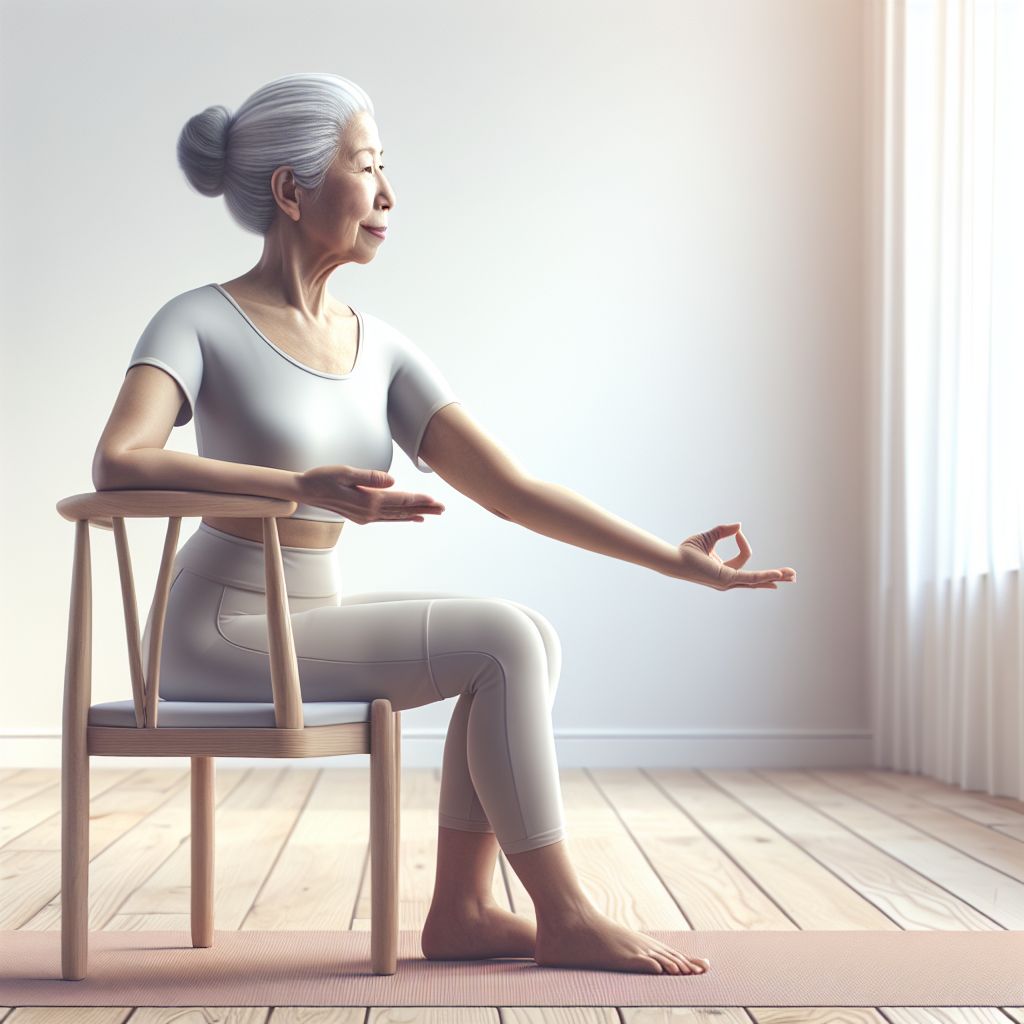Chair Yoga Takes Off: Empowering Seniors with Accessible Fitness
AP reporter Leanne Italie explores the origins and benefits fueling the surge in chair yoga's popularity.

What is Chair Yoga?
Chair yoga adapts traditional yoga poses to be performed while seated. This modification makes yoga accessible to older adults and individuals with physical limitations. Despite being seated, chair yoga provides a comprehensive workout that enhances flexibility, strength, and balance. It's an excellent option for those looking to engage in mindful exercise without the need to get down on the floor.
Origins of Chair Yoga
Chair yoga is a relatively new offshoot of traditional yoga, which has been practiced for over 5,000 years. The concept began in 1982 when yoga instructor Lakshmi Voelker adapted poses for a student who struggled with arthritis. Voelker's innovative approach made yoga more accessible, leading her to become a leading figure in chair yoga. Her contributions include co-authoring a book on the subject, solidifying chair yoga's place in the fitness community.
Benefits of Chair Yoga
Chair yoga offers numerous health benefits that cater to a wide range of individuals. It improves flexibility, strength, and balance, which are essential for maintaining an active lifestyle. Additionally, chair yoga can help manage pain and stiffness associated with conditions like arthritis and osteoporosis. The gentle movements reduce the risk of falls and fractures, making it a safe exercise option for older adults.
Who Benefits from Chair Yoga?
Chair yoga is ideal for older adults, especially women who are prone to osteoporosis, as it enhances bone strength and balance. It is also beneficial for individuals with physical limitations who may find traditional yoga poses challenging. Office workers can incorporate chair yoga into their daily routine to improve posture and reduce stress from prolonged sitting. Overall, chair yoga caters to anyone seeking a gentle yet effective workout.
Chair Yoga and Well-being
Engaging in chair yoga contributes to both physical and psychological well-being. Studies have shown that even short sessions can significantly reduce stress levels and improve mental health. For instance, 15 minutes of chair yoga has been linked to better stress markers, while it also aids in managing conditions like knee osteoarthritis in older women. Moreover, the mindfulness and breathing techniques in chair yoga promote relaxation and overall mental clarity.
Conclusion
Chair yoga stands as a testament to the adaptability of traditional practices to meet modern needs. By making yoga accessible to older adults and those with physical limitations, it ensures that more people can reap the benefits of mindful movement and exercise. As chair yoga continues to grow in popularity, it holds the promise of enhancing health and well-being for diverse communities around the world.
